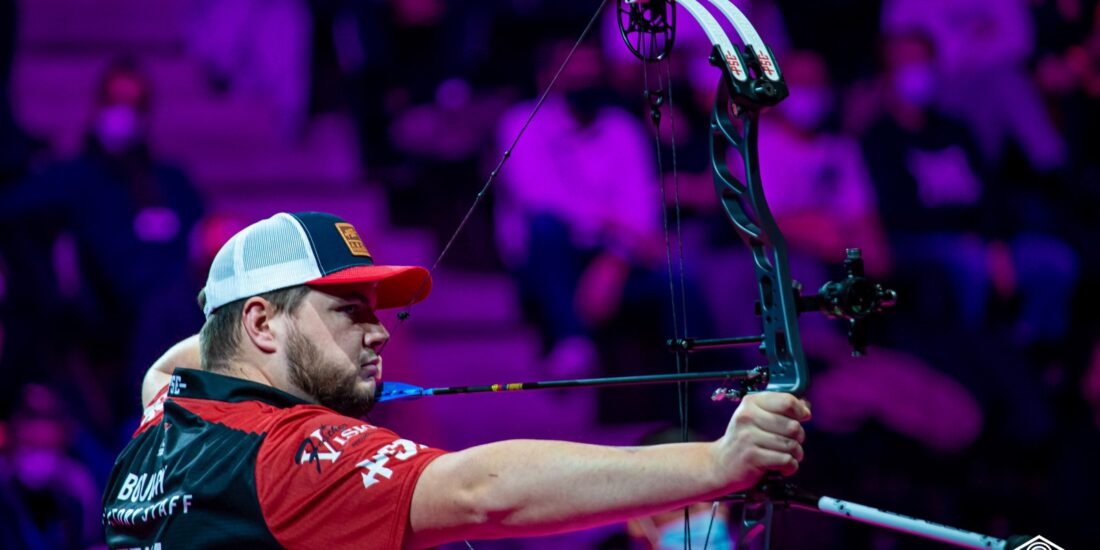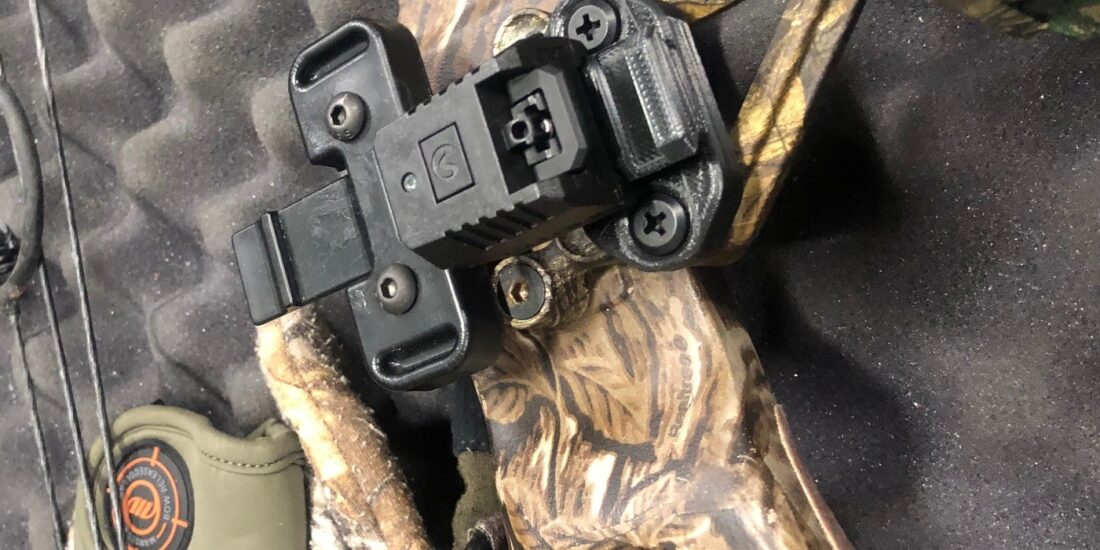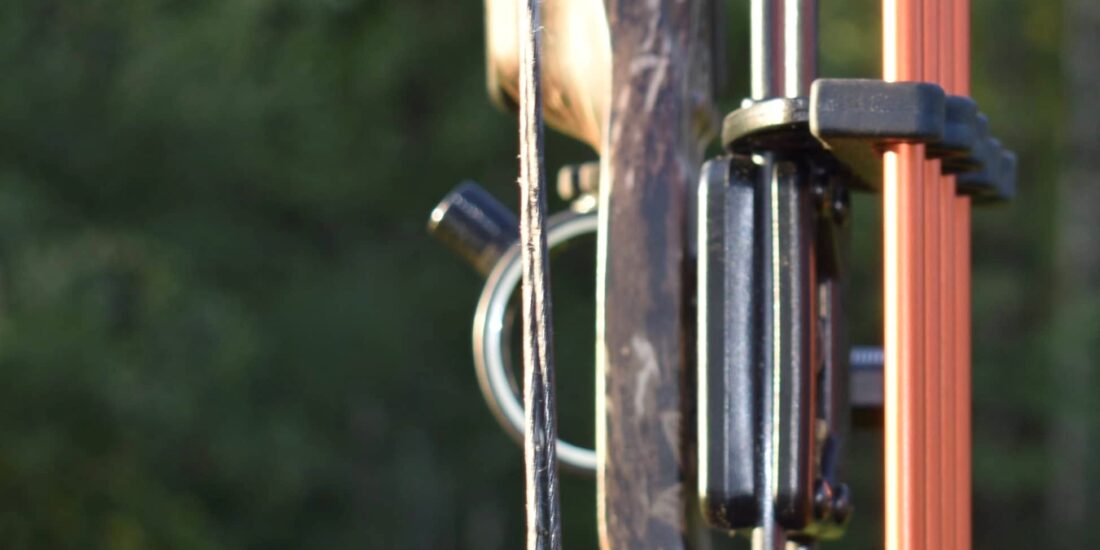Concentration and Technique Equals Success: Rediscovering the Bow

Throughout my life I have trained with many different weapons. As a Marine and a civilian, I have put in years of shooting. I have taught others how to shoot pistols and rifles. I still find myself drawn to the bow to sharpen my skills.
When I joined the U.S. Marine Corps I put my bow down for 5 or 6 years. Then one day I was at my parents’ house. Sitting there, in the corner of the garage, was the bow I grew up shooting. It brought back so many memories of my father teaching me the fundamentals of archery in the backyard. I still remember the red 20 pounds draw Bear compound bow I could barely drawback and hold long enough to aim and shoot.
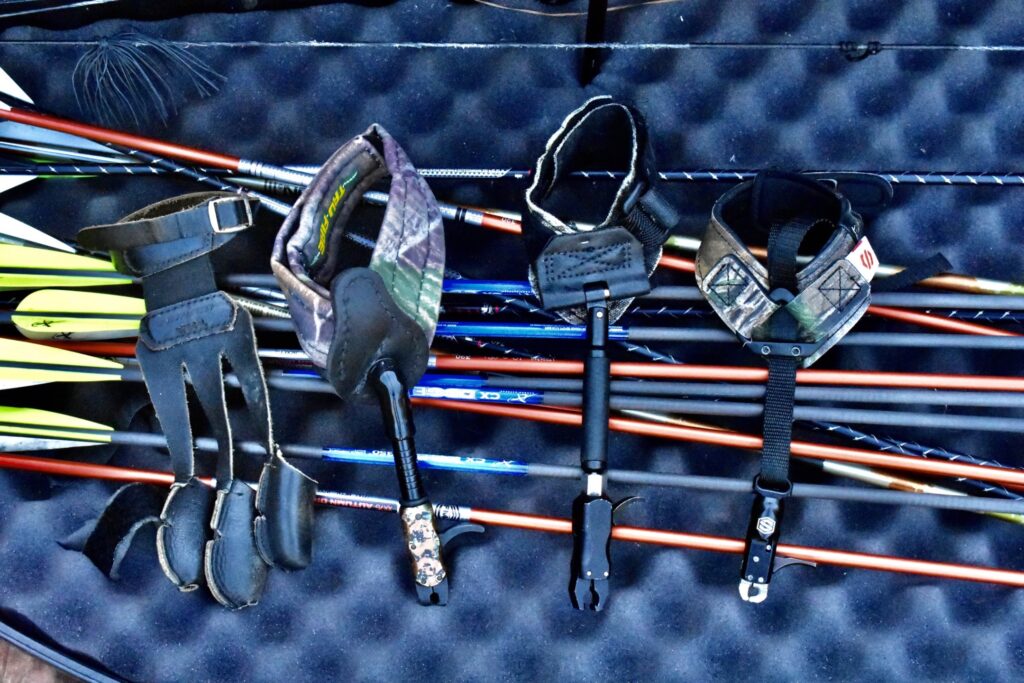
Many of the marksmanship fundamentals are the same between bow and rifle. Sight alignment is the same with a bow and iron sights. However, with a rifle or pistol your focus is on the front sight and with a bow, it shifts toward the target while keeping the rear peep sight centered on your sight.
With the style release I use a trigger-style or index finger release there is a trigger that is pulled when you are ready to shoot. As with a gun, the precise moment the arrow is released should still be unknown the pull is slightly different.
With a gun, it is a slow and steady build-up of pressure until the gun goes off. With a trigger-style release, the pull is much faster and crisp yet should still surprise you when the string flies forward sending the arrow toward the target. The same as it would be with either a glove or finger tabs which is the oldest style of release there is. It is a quick flick of the fingers away from the string preventing your finger from rolling the string.
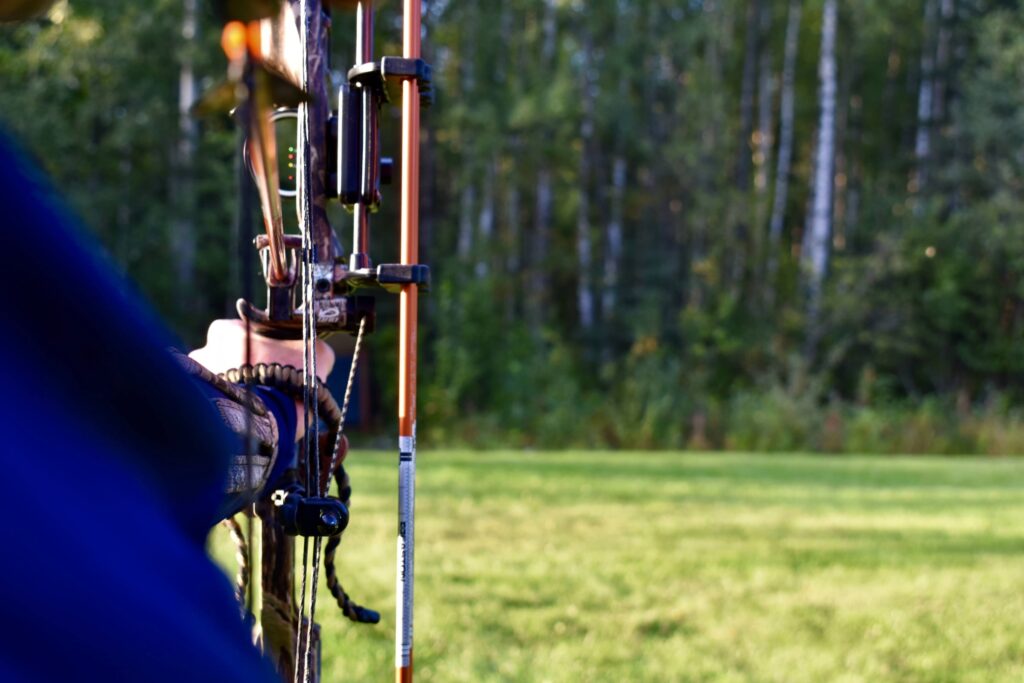
When I first picked up my old bow again I had never used a release aid before. I had always used either my bare fingers or a simple 3 finger glove to aid with the wearing on my fingers. I took my bow home and did a quick once over to ensure everything was still in working order and the next day went to our local sporting goods store and picked a few things to bring my old bow out of the 90’s.
A new sight was in order; a handful of new arrows; and lastly a release aid. I just bought one on a whim. It was just sitting there and I thought, why not it won’t hurt to give it a try. My first release wasn’t more than $30 and I did not use it right away. I had to install the new sight and retune the bow aligning the rest, string, and sight; set drew weight and then sight it in.
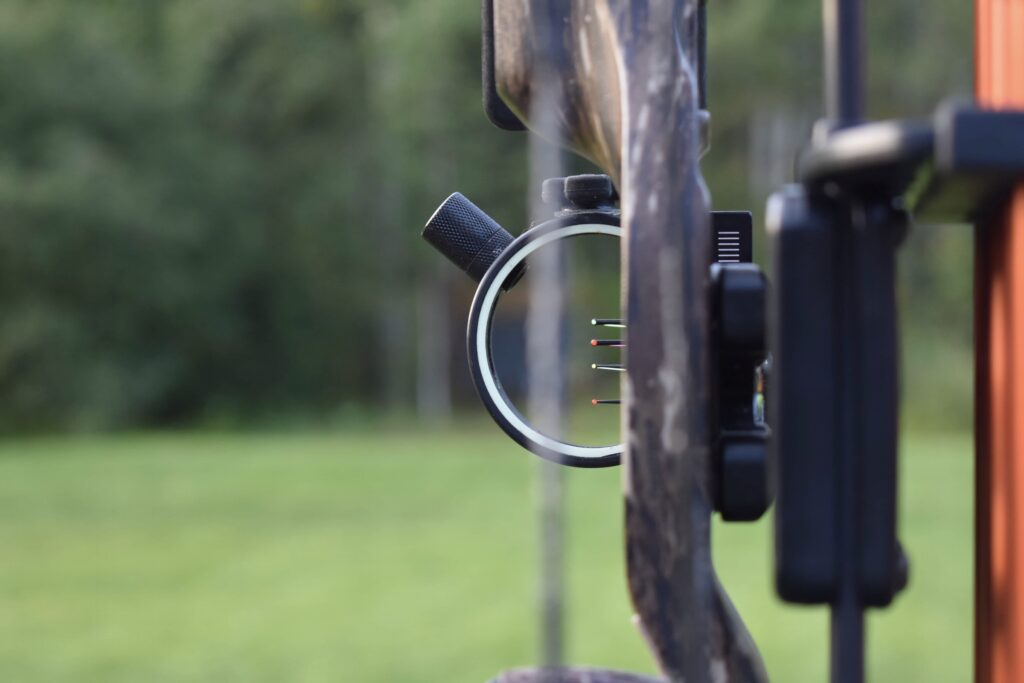
Photo: Mathew Umstead
I though might as well get it sighted in pretty close at 20 yards without using something completely new with habits I thought where fundamentally sound. I didn’t want to send an arrow flying and either put a hole in the fence or worse setting one free and who knows where it would land. I was doing this all in my backyard and at that time I lived in a residential neighborhood just outside San Antonio, Texas.
I grew up shooting in my backyard as a kid even though we lived in different neighborhoods it was pretty common place. When I moved back to Texas not so much, I wasn’t concerned that much I had an empty field on one side where the developer stopped building as the recession kicked off and there was nothing going up for years to come.
After I got the bow dialed in I started to mess around with using a release aid. Which I had never used or received any instruction on how to use. I thought it can’t be any different than pulling the trigger which I had done thousands of times before. How wrong I was! After a few rounds i knew i had to have been doing something wrong. My consistency went out the window and I was all over the target.
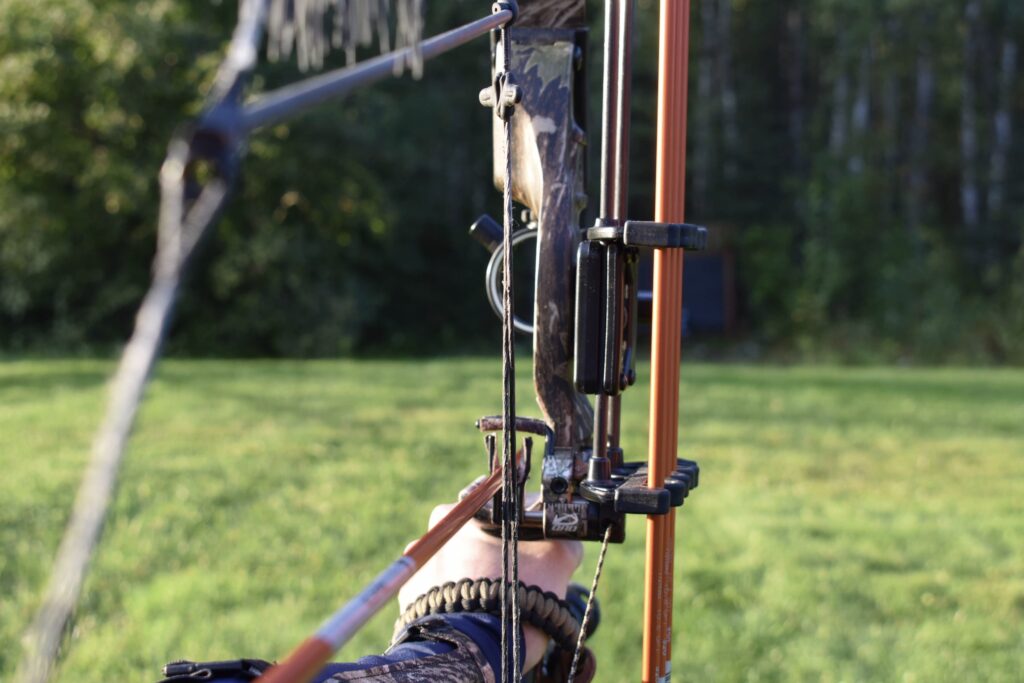
The next day, I realized I might need some coaching and instruction on how to actually use a release aid. I went to the internet and watched several videos and read a few articles and realized I wasn’t using the release correctly. The years I had been building and developing good fundamentals with a rifle did not translate to archery.
I went outside for round two. It took a few hours to build the new muscle memory and rethink the trigger squeeze I had been using for years and tried to translate to archery with little to no success. Once i took the first step of rebuilding my archery fundamentals I started to see a major improvement from when I was shooting without a release aid, to the use of an aid. It improved my accuracy and consistency beyond anything I could have imagined.
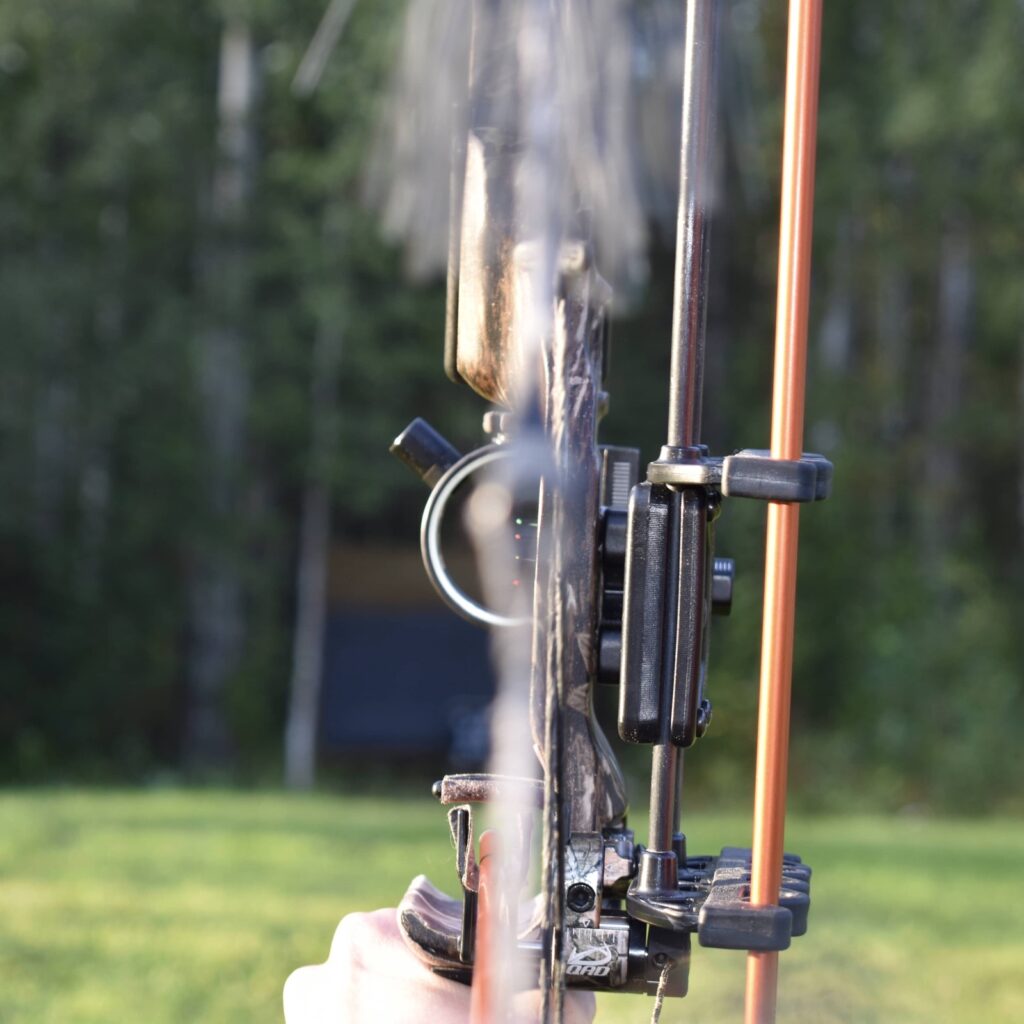
I was successful in my pursuits of game in the years before I set my bow down. I learned a valuable lesson that has helped me grow as an instructor. Through my instruction, I can see how a proficient shooter can be doing some mechanically or fundamentally wrong but still have a measure of success.
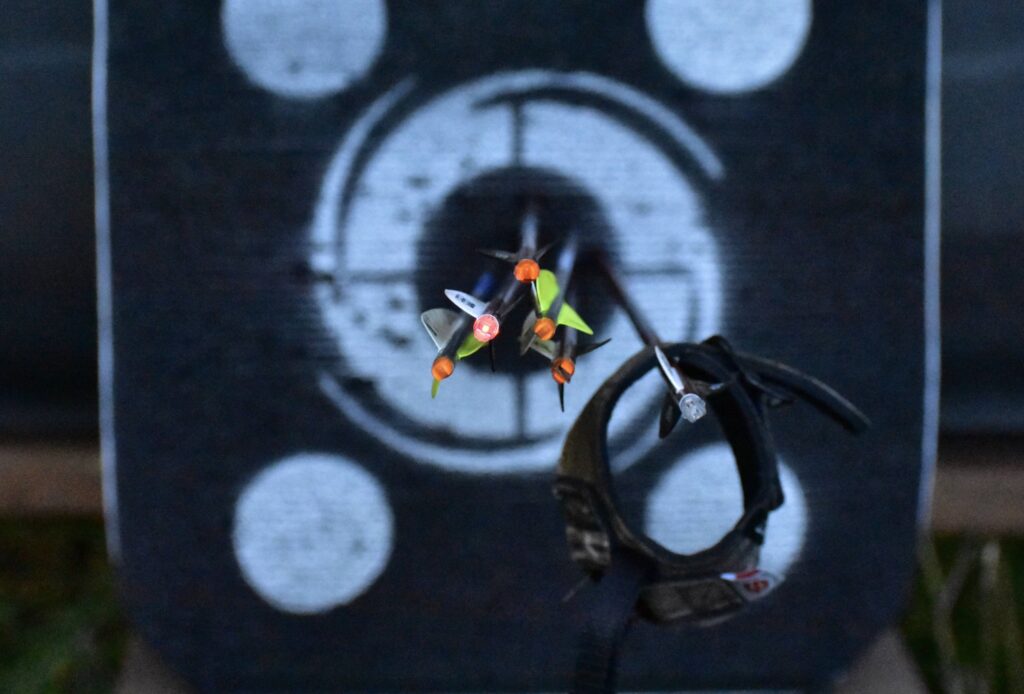
Photo: Mathew Umstead
You can do something constantly wrong but as long a you do it the exact same way every time you can compensate for the inefficient habits that are caused by poor fundamentals. I was the same way I wasn’t following sound fundamentals yet still had some measure of success with archery.
It was hard for me to break the “bad” habits but when I finally rebuilt my habits to “good” ones I saw having solid fundamentals translates to other shooting sports even though there are differences the concept is the same. Good habits are easier to build and bad habits are much harder to break.




